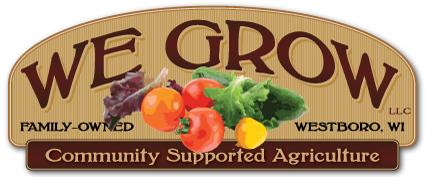This recipe was initially tasted at a Farmshed Farmer Tribute Dinner in Stevens Point. We were blown away by the flavor. It is very simple with common ingredients but is even easier if you have a stick blender. Keep in mind that we are using incredibly sweet carrots. If you try this with starchy store-bought carrots, it will not taste the same.
- 1 pound carrots, coarsely chunked
- 1/2 cup butter (works with 1/4 cup as well)
- 1 teaspoon vanilla extract
- 3 eggs
- 3 tablespoons all-purpose flour
- 1 teaspoon baking powder
- 1/2 teaspoon salt
- 1/2 cup maple syrup or honey (this is a bit sweet, we usually cut by half for sweet fall carrots)
Preheat oven to 350 degrees F. Lightly grease a two-quart casserole dish.
Bring a large pot of salted water to a boil. Add carrots and cook until tender, 20-25 minutes. Drain and mash. Stir in butter, vanilla extract and eggs; mix well. Sift together flour, baking powder, salt and sugar; stir into carrot mixture and blend until smooth. Do this with a stick blender or in a standing blender. Transfer to prepared casserole dish.
Bake for 45 minutes at 350ºF.
FARMER NOTES: You can use half of the butter this recipe calls for. We only know this because last time we made it, we were out of butter and only used one stick in a double batch. Also, we usually double or triple this recipe. We make 2 lbs for a large holiday gathering (25-30 people) and 3 lbs for even larger parties. Larger 3 lb batches we bake in a 13″ x 9″ glass casserole dish. It can be made in advance and warmed at time of serving. Tastes great on day two. Would be a great side dish for a brunch time meal too.











